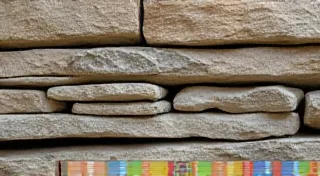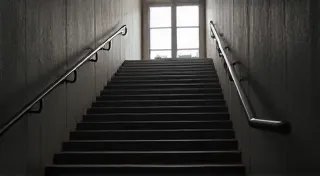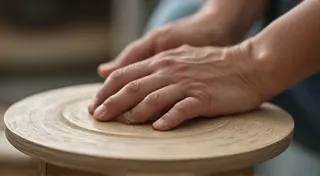The Grammar of Ornament: Decoding Button Design Motifs and Their Victorian Meanings
There’s a certain magic held within a handful of antique buttons, a tactile history that transcends mere fastening. For those of us drawn to Victorian button collecting, it’s not just about preserving objects, but about deciphering a visual language, a silent conversation held across decades. Each button, a tiny canvas, boasts a design echoing the era’s aesthetic obsessions, its symbolism as nuanced as the handcraftsmanship involved. They’re not simply functional; they're miniature works of art, whispers of the lives they adorned.
I still remember the thrill of finding my first significant collection – a box of jet buttons, unearthed from a dusty antique shop in rural Pennsylvania. The darkness of the material, the intricate carving of tiny roses on each one, held a melancholy beauty that captivated me instantly. It wasn't just the rarity or the condition, but the sense of connection to a past shrouded in mourning and elegance. Jet, of course, was heavily favored during the Victorian era, especially after Queen Victoria’s prolonged period of mourning for Prince Albert.
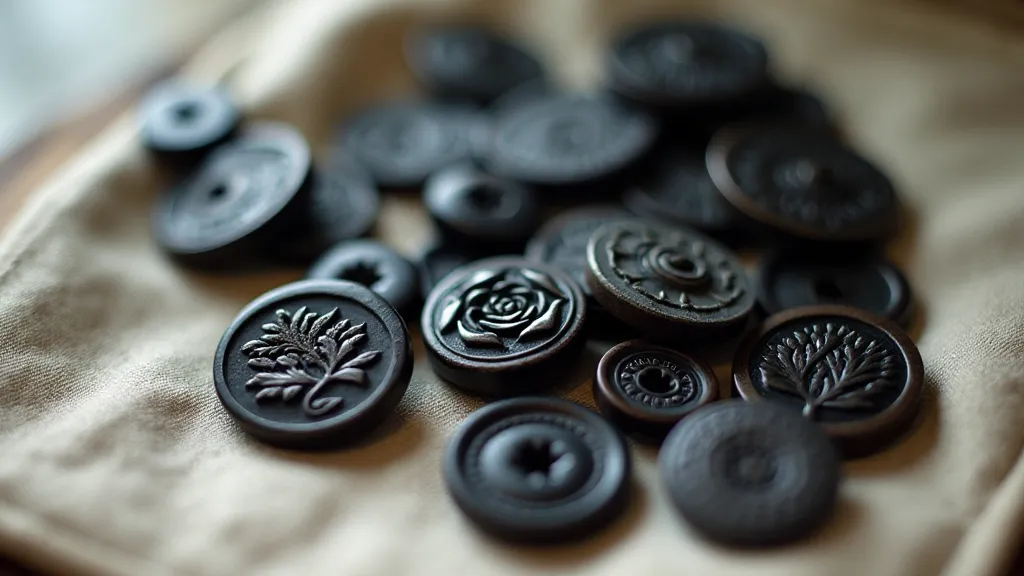
Flowers: A Botanical Language of Sentiment
Floral motifs dominated Victorian button design, and understanding the symbolism attached to specific blooms is key to unlocking their meaning. The Victorians were ardent followers of the language of flowers – *floriography* – and translated this passion into their button aesthetics. Roses, predictably, represented love and beauty, but the color was crucial. Red roses signified passionate love, while pink roses spoke of grace and joy. Forget-me-nots, as their name suggests, conveyed remembrance. Lilacs represented first love, and violets, humility and faithfulness.
Consider the delicate carving of a lily button. The lily, often associated with purity and innocence, could have adorned a child’s dress or a garment intended for a formal occasion. Similarly, a button featuring a cluster of pansies, known for their "thoughts" symbolism, might have been a cherished keepsake, representing affection and remembrance.
Geometric Patterns: Order, Progress, and Industrialization
While floral motifs evoked nature's beauty, geometric patterns reflected the era’s fascination with order, progress, and the burgeoning industrial age. Stars, diamonds, and concentric circles were common, often appearing in combinations of metal and horn. The precise repetition of these patterns speaks to the increased efficiency and mechanization of button manufacturing – a stark contrast to the earlier, more organic hand-carved designs.
The rise of early button factories, such as those pioneered in Birmingham, England, fundamentally changed button production. While artisans continued to hand-carve some exquisite pieces, the demand for affordable buttons fueled the expansion of factory production, impacting design trends. Geometric patterns were far easier to replicate through mechanical processes, contributing to their widespread adoption.
Animals: Symbolism and Status
Animal motifs on Victorian buttons often carried symbolic weight, and their presence could also indicate the wearer’s social standing. Butterflies, representing transformation and hope, were frequently used. Birds, particularly doves and robins, symbolized peace and domestic happiness. More elaborate animal designs, such as detailed depictions of owls (wisdom) or squirrels (thrift), were often found on higher-quality buttons, potentially adorning the garments of more affluent individuals.
Military buttons are a particularly fascinating subset. They didn’t just fasten uniforms; they served as emblems of regimental identity and national pride. The iconography – eagles, lions, crossed swords – was carefully chosen to convey specific values and affiliations. Identifying a military button often involves researching the regimental crest and the era of its use – a detective’s work in miniature.
The Evolution of Materials and Manufacturing Techniques
The materials used to create Victorian buttons – horn, mother-of-pearl, jet, steel, brass, and various combinations – each contributed to the button's aesthetic and symbolic meaning. Horn buttons, widely available and affordable, were often used for everyday wear. Mother-of-pearl buttons, prized for their iridescent beauty, were reserved for more formal garments. Jet buttons, crafted from fossilized wood, held a somber significance connected to mourning practices.
Early button manufacturing started with hand-carving, a painstaking process that resulted in unique, individual pieces. The introduction of stamping and pressing machines gradually took over, allowing for mass production and more complex designs. The precision of these machines, while enabling greater efficiency, also subtly altered the aesthetic – a shift from the softer, more organic feel of hand-carved buttons to the sharper, more uniform lines of machine-made ones.
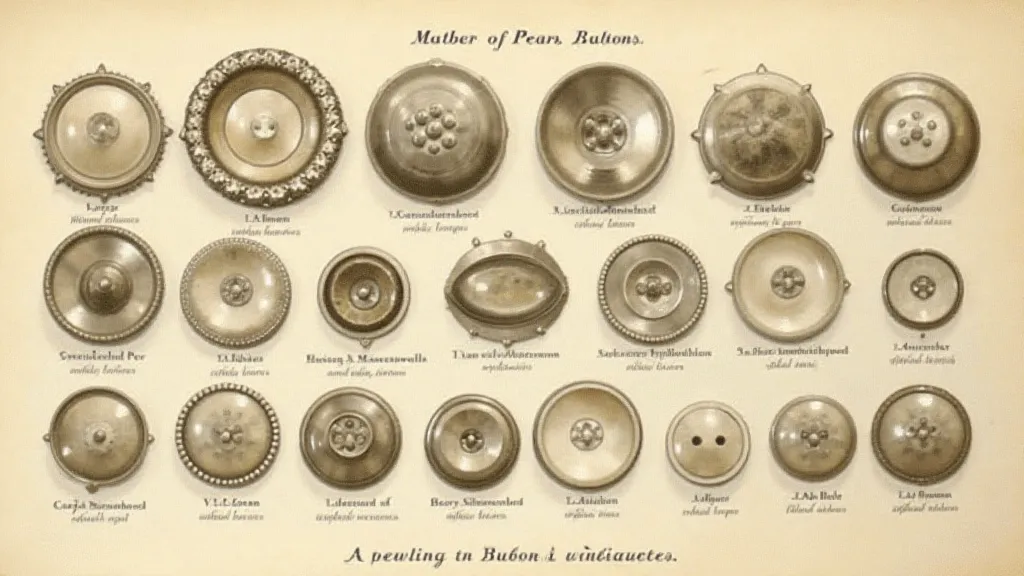
Beyond Function: A Window to the Past
Collecting Victorian buttons isn't merely about accumulating objects; it's about connecting with a bygone era, understanding the cultural values and artistic sensibilities that shaped Victorian society. Each button is a tiny artifact, a tangible link to the past. The subtle variations in design, material, and craftsmanship tell a story of innovation, social change, and enduring elegance. Examining these details provides a deeper appreciation for the artistry and ingenuity of the Victorian era.
Restoring or preserving antique buttons requires careful consideration. Harsh cleaning methods can damage delicate materials, and attempting to repair a damaged button without proper knowledge can diminish its value. Often, the beauty lies in the imperfections—the subtle wear and tear that tell a story of time and use. Letting these imperfections remain is often the most respectful way to preserve these pieces of history.
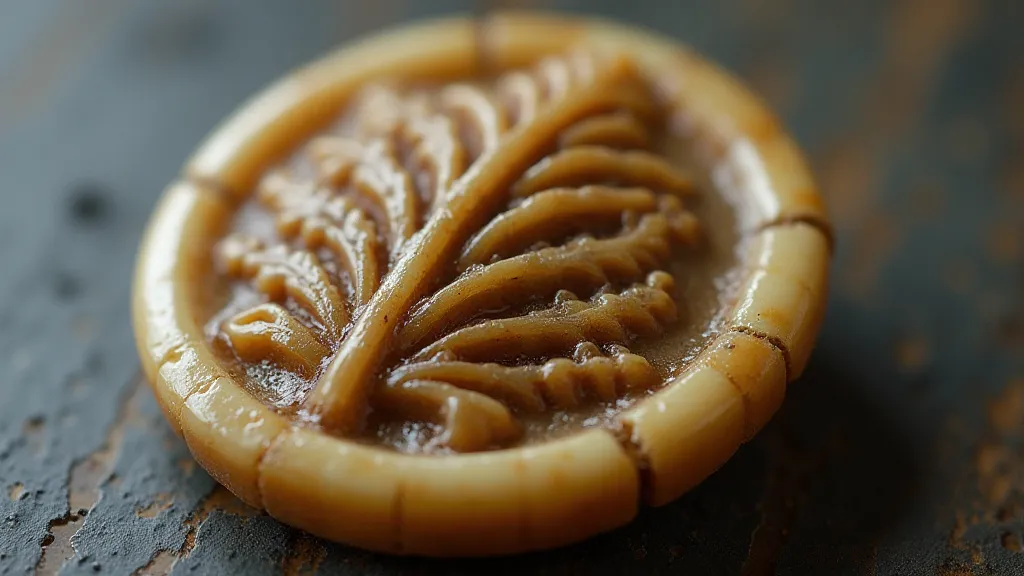
The “grammar of ornament” on these diminutive treasures offers a profound connection to the Victorian past—a silent language awaiting those willing to listen. It’s a journey of discovery, an appreciation for detail, and a privilege to hold a little piece of history in your hand.
